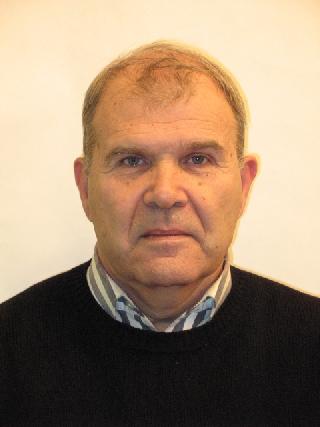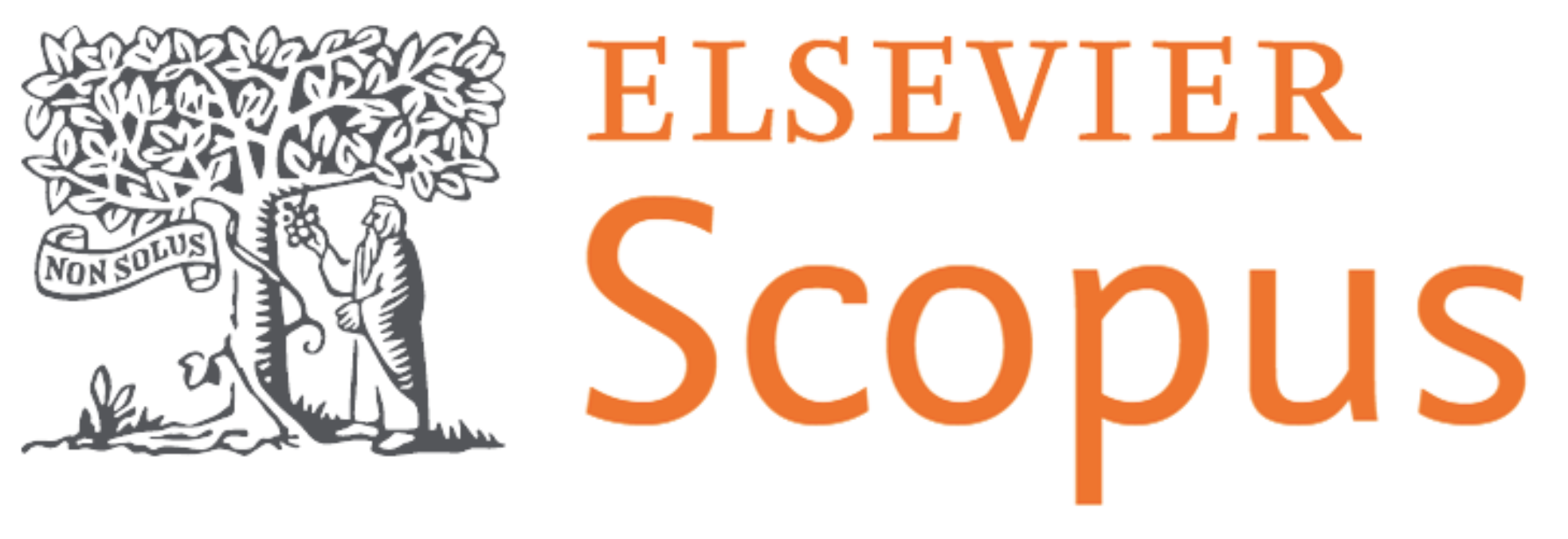Serhii Shevchenko (Sergei Shevchenko), Leading Researcher, DSc.

Department of Theoretical Physics,
B. Verkin Institute for Low Temperature Physics
& Engineering
of the National Academy of Sciences of Ukraine
47 Nauky Ave., Kharkiv, 61103, Ukraine
Prizes and Distinctions:
- Solomon Isakovich Pekar Prize for Outstanding Works in Solid State Theory, 2013.
- Laureate of the State Prize of Ukraine in Science and Technology, 2006.
Languages:
Russian (native), Ukrainian (native), English (A2-B1)
Education:
Name of Institution |
Degrees |
Field |
|---|
| B.Verkin Institute for Low Temperature Physics and Engineering of the National Academy of Sciences of Ukraine | Doctor of Sciences (1993) | Solid State Physics |
|---|
| Institute for Low Temperature Physics and Engineering (Kharkiv) | Senior Researcher (1983) | Solid State Physics |
|---|
| Institute for Low Temperature Physics and Engineering (Kharkiv) | PhD Phys & Math (1970) | Solid State Physics |
|---|
| Kharkiv Polytechnic Institute | M.Sc. (1964) | Physics of Metals |
|---|
Field of Scientific Interest:
Superconductivity and Superfluidity in Low-dimensional Systems; Bose-Einstein Condensation in Solid-state Systems; Supersolid; Thermoelectric Effects in Superfluid Systems.
Main Achievements:
Electron-hole Superconductivity in the Systems with Pairing of Spatially Separated Carriers
The possibility of superconductivity in the systems with pairing of spatially separated carriers (SPSSC) in zero magnetic field was predicted. The system's response to a weak magnetic field has been calculated and it has been shown that it causes the appearance of antiparallel currents in the layers (analogous to the Meissner effect). The possibility of a longitudinal Josephson effect was predicted (Shevchenko, 1976). To date, the number of works devoted to the predicted phenomenon and published in leading scientific journals exceeds several hundred. Recent results obtained in this direction are as follows. The influence of interlayer transitions on the possibility of superconductivity in SPSSC has been studied and conditions have been found under which they do not prohibit superconductivity (Shevchenko, 1994). It is shown that in SPSSC the quantum vortices can be induced by non-uniform magnetic and electric fields with nonzero two-dimensional divergence. The vortex patterns at certain field configurations are found (Shevchenko, 1997, 2000). It is established that in superfluid systems in strong magnetic fields the vortices have an electric charge of order of the electron charge (Shevchenko, 2003). States with interlayer phase coherence in multilayer quantum Hall systems are studied. The conditions of stability of the phase coherent state relative to a transition to the charge ordered state are established. (Bezuglyj, Shevchenko, 2000; Shevchenko, Fil, Yakovleva, 2004). A new mechanism of binding of two equally charged carriers in double layer systems in a magnetic field of special form (magnetic fields in adjacent layer are equal in magnitude and opposite in direction) is proposed. (Shevchenko, Vol, 2003). Interlayer tunnel conductivity of n-p bilayers with the electron-hole pairs in the Bose-Einstein condensed state was studied. A mechanism that explains a zero bias peak anomaly observed recently in bilayer quantum Hall systems is proposed. (Bezuglyj, Shevchenko, 2004). A nonlinear dynamic equation has been obtained that describes the behavior of electron-hole pairs in the low-density limit in the presence of a strong magnetic field (Bezuglyj, Shevchenko, 2009).
Bose-Einstein Condensation
The Bogolyubov-de-Gennes equations for a two-dimensional Bose gas are derived. (Shevchenko, 1992). The exact solutions for the spectrum and eigenfunctions of elementary excitations in Bose gas in external potentials of special forms are found (Shevchenko, 1992; Fil, Shevchenko, 2001). The nondissipative drag in bilayer Bose systems is studied (Shevchenko, Terentjev, 1999; Fil, Shevchenko, 2005).
Supersolid
A new type of supersolid was predicted, associated with the possibility of delocalization of particles in a quantum crystal at the dislocation core and the transition of delocalized particles to a superfluid state (Shevchenko, 1987). Bose-Einstein condensation of vacancies in a three-dimensional decorated lattice is considered. The model describes a possible scenario of superfluidity of solid helium associated with a dislocation lattice formed by zero-point vacancies. It is shown that the temperature of Bose-Einstein condensation significantly depends on the properties of the lattice nodes (Fil, Shevchenko, 2008). It is established that the mechanism of circular currents motion along the lattice is due to the appearance of a phase slip center at a dislocation (Fil, Shevchenko, 2009).
Thermoelectric effects in superfluid systems
The features of temperature fluctuations in a thin superfluid film under the condition of the propagation of the third sound have been studied and it has been shown that they lead to the appearance of an alternating electric field in the surrounding space (a peculiar non-stationary thermoelectric effect). It is shown that the differential thermal EMF (the ratio of electric potential amplitude to the film temperature amplitude) can exceed such one in metals (Shevchenko, Konstantinov, 2016, 2019). It is shown that the heat flux in superfluid helium in the presence of a magnetic field leads to the emergence of an electric field in the surrounding space (thermomagnetic effect). The effect occurs in the case of stationary and non-stationary heat fluxes. The peculiarities of the effect are considered for a number of samples with different geometries (Shevchenko, Konstantinov, 2019, 2020).
Professional Experience:
| 1995-present: | Leading Researcher.B.Verkin Institute for Low Temperature Physics and Engineering of the National Academy of Sciences of Ukraine (Kharkiv, Ukraine) |
|---|
| 1976-1995: | Senior Researcher. B.Verkin Institute for Low Temperature Physics and Engineering of the National Academy of Sciences of Ukraine (Kharkiv) |
|---|
| 1970-1976: | Junior Researcher. Institute for Low Temperature Physics and Engineering (Kharkiv) |
|---|
| 1968-1969: | Lecturer. Kharkiv Institute of Radio Electronics (Kharkiv) |
|---|
The experience in international scientific cooperation within the framework of visits to:
- Laboratory of Theoretical Physics and Statistical Models of the University Paris Sud (France, 2008)
Member of Editirial board Fizyka Nyzkykh Temperatur
Educational Activity:
Scientific adviser of 2 PhDs.
- 1995-2022 - professor at National Technical University «Kharkiv Polytechnic Institute».
- 1985 - 1995 - professor at Kharkov State University
Participation in the work (chairman) of the certification commission of Kharkiv National University or Karazin University
Publications:
Number of papers: more then 200 (in the refereed journals - 93)
Selected Publications for the last 10 years:
- S. I. Shevchenko, O. M. Konstantynov, Longitudinal Josephson effect in systems with pairing of spatially separated electrons and holes, Fiz. Nizk. Temp. 51, 1379 (2025).
- D. V. Fil, S. I. Shevchenko, Supersolid induced by dislocations with superfluid cores (Review), Low Temp. Phys. 48, 429 (2022).
- D. V. Fil, S. I. Shevchenko, Stationary waves in a superfluid gas of electron-hole pairs in bilayers, Phys. Rev. B, 103, 205419 (2021).
- D. V. Fil, S. I. Shevchenko, Transition to a supersolid phase in a two-dimensional dilute gas of electron-hole pairs, Low Temp. Phys. 46, 465 (2020).
- S. I. Shevchenko, A.M. Konstantinov, Heat Superconductivity and Electrical Activity of Superfluid Systems, JETP Letters, 109, 790 (2019).
- S. I. Shevchenko, A.M. Konstantinov, Non-stationary Thermal Electromotive Force Generated by Third Sound, J. Low Temp. Phys. 194, 1 (2019).
- D. V. Fil, S. I. Shevchenko, Electron-hole superconductivity, Low Temp. Phys. 44(9), 867 (2018).
- S. I. Shevchenko, A.M. Konstantinov, On the Possibility of a New Electric Effect in Ultrathin Superfluid Films, JETP Letters, 104, 489 (2016).
- S. I. Shevchenko, A.M. Konstantinov, On the Dipole Moment of Quantized Vortices in the Presence of Flows, J. Low Temp. Phys. 185, 384 (2016).
- D. V. Fil, S. I. Shevchenko, Superfluidity of a dilute gas of electron-hole pairs in a bilayer system, Low Temp. Phys. 42, 794 (2016).



